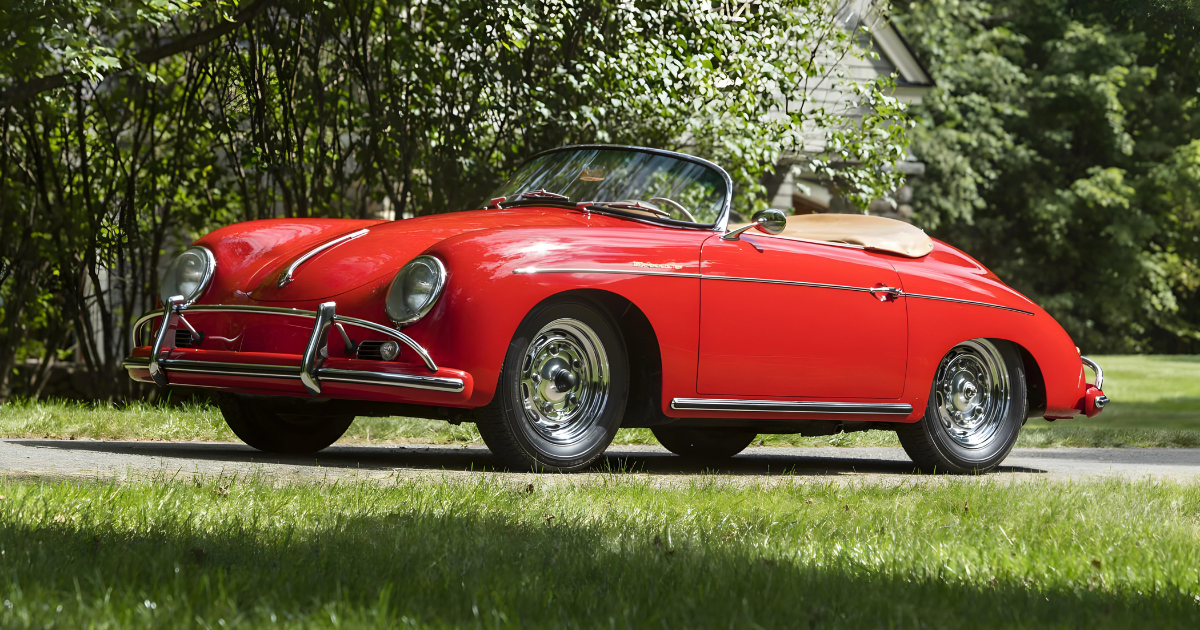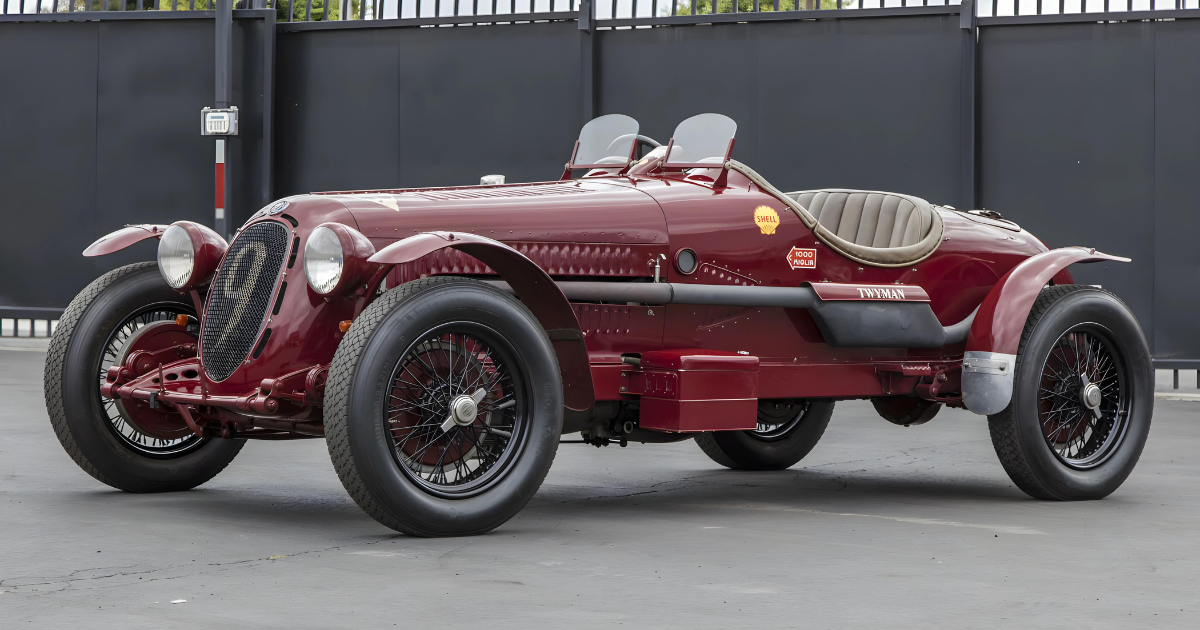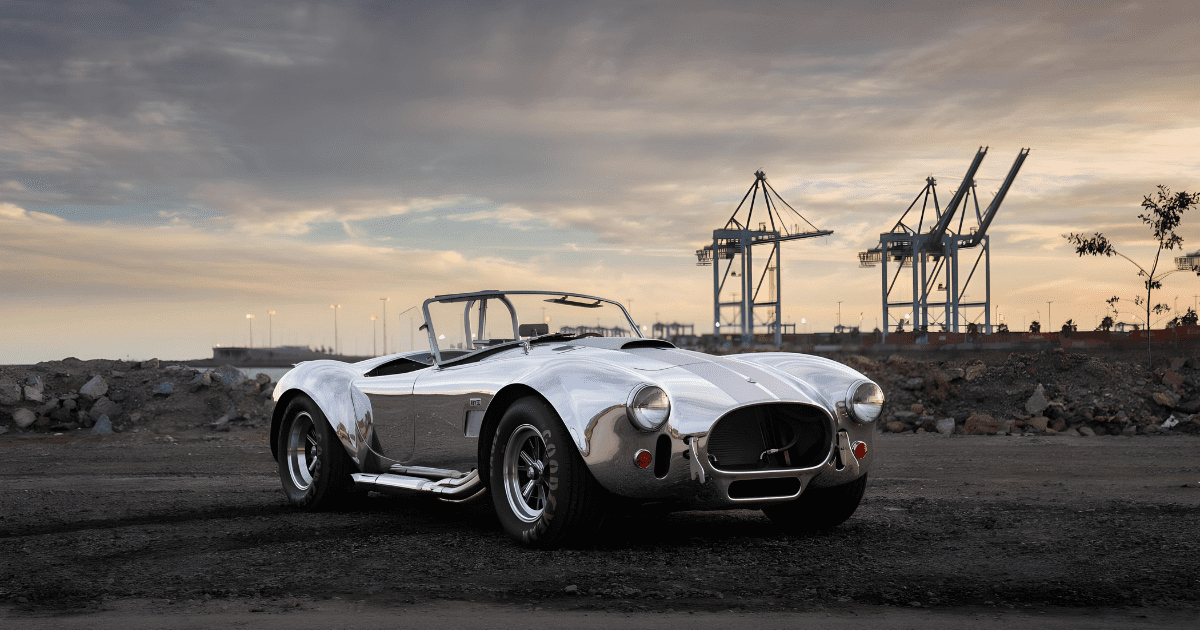
Ferdinand Piëch, a renowned engineer and the nephew of Porsche’s founder, played a pivotal role in shaping the legacy of Porsche’s racing endeavors. His leadership within the experimental department in 1966 marked a turning point for Porsche’s racing advancements, particularly with the development of the Porsche 906 Carrera 6 competition coupe. Piëch’s relentless drive and engineering prowess propelled Porsche to new heights on the racetrack.

The Porsche 906 Carrera 6 was conceived as the successor to the highly successful 904 GTS racecar, which had dominated the racing scene in 1964-1965. However, Piëch and his team aimed to push the boundaries further with the Carrera 6, prioritizing significant weight reduction and aerodynamic enhancements to enhance performance on the track. This marked a departure from the design philosophy of its predecessor, as the Carrera 6 sought to optimize every aspect of its construction for racing prowess.

At the heart of the Carrera 6 was its lightweight multi-tubular spaceframe chassis, a technological marvel that provided exceptional rigidity while minimizing weight. Complemented by molded fiberglass bodywork, the Carrera 6 achieved significant weight savings without compromising structural integrity. This innovative approach not only reduced the overall weight of the car but also allowed for greater agility and responsiveness on the racetrack.

Despite its lightweight construction, the Carrera 6 retained the core elements of the 904’s suspension, brakes, and 15-inch wheels, ensuring exceptional handling and stopping power. However, the most notable improvement came in the form of the race-tuned flat-six cylinder air-cooled production engine. This powerplant, combined with the Carrera 6’s reduced weight, resulted in a remarkable power-to-weight ratio that set new standards in racing performance.

In order to meet FIA regulations, Porsche was required to produce a minimum of 50 identical units of the Carrera 6. However, Porsche went above and beyond expectations, completing a total of 65 Carrera Sixes. This surplus caused a sensation when the cars were lined up for inspection, underscoring Porsche’s commitment to excellence and attention to detail.

Among the 65 Carrera Sixes produced, nine prototypes featured Bosch fuel injection for increased power output, while four 2.2-liter variants, also equipped with Bosch injection, boasted an astonishing 260 horsepower. These figures were groundbreaking in the contemporary racing landscape, solidifying Porsche’s reputation for innovation and performance.

In conclusion, the Porsche 906 Carrera 6 stands as a testament to Ferdinand Piëch’s engineering brilliance and Porsche’s unwavering commitment to excellence in motorsport. With its lightweight construction, advanced technology, and unparalleled performance, the Carrera 6 remains an iconic symbol of Porsche’s racing heritage and continues to inspire enthusiasts and engineers alike to this day.




